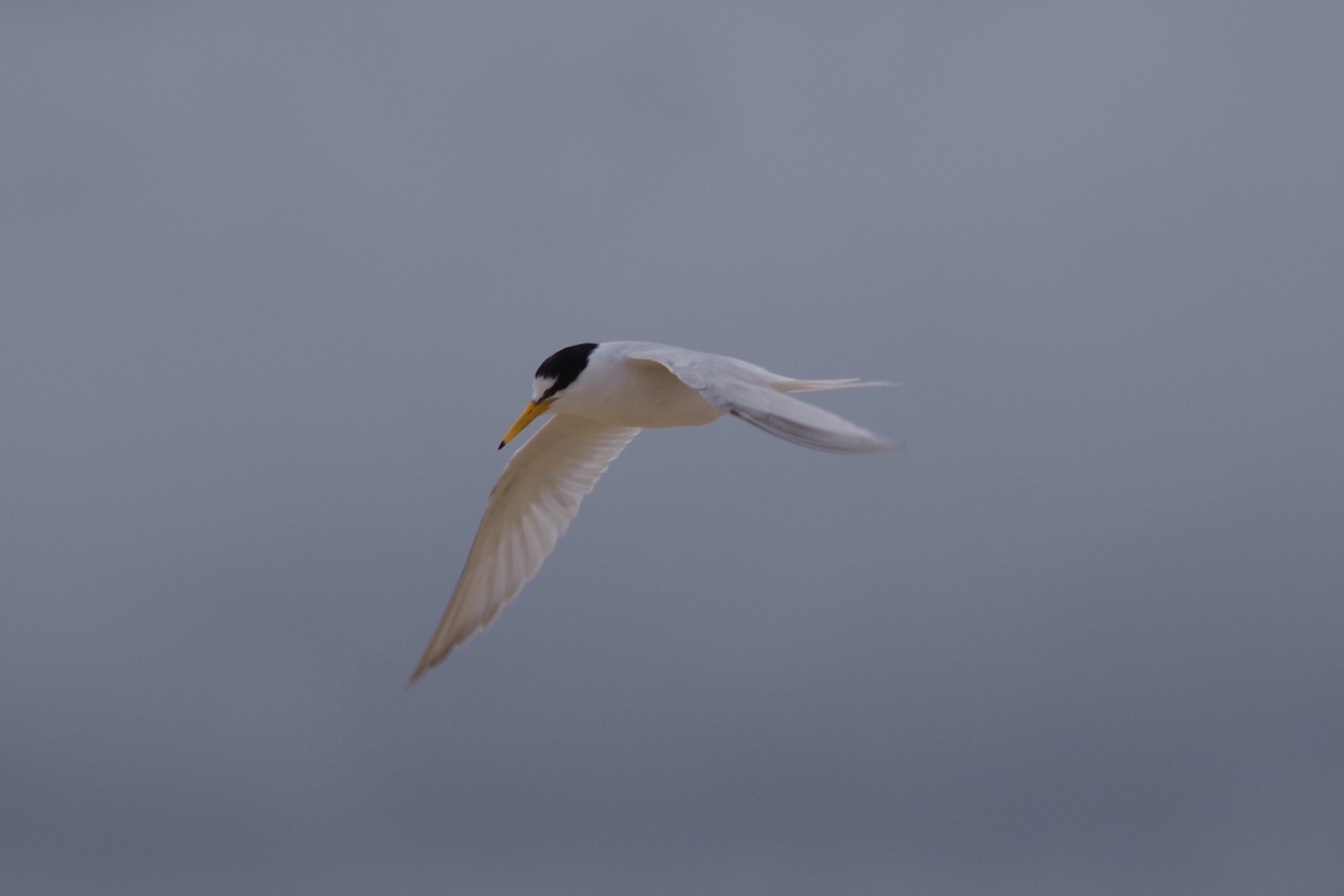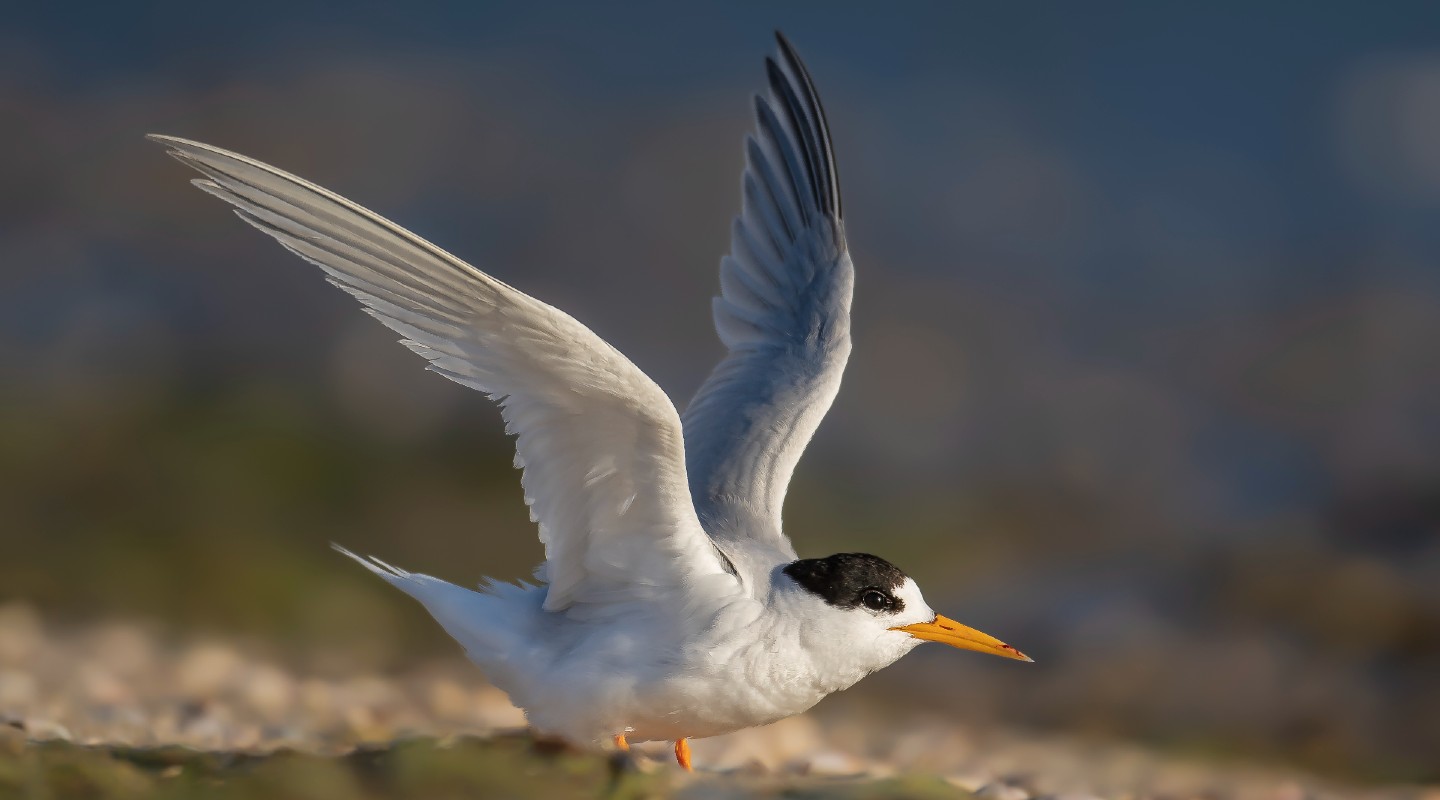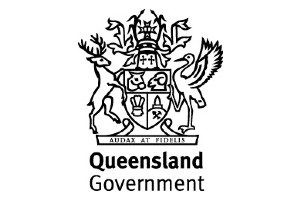Populations of Fairy and Little Terns are experiencing major declines across south-eastern Australia. Because of human activities and introduced species, large breeding colonies are scarce and many historical breeding sites are now deserted.
Key points
- The number of Fairy Tern colonies in Victoria has declined in recent years, from 18 down to 11, while Little Tern colonies have fallen from 18 to five
- Since 2016, Fairy Terns have bred successfully near Melbourne only once
- There were 52 Little Tern colonies in NSW in the 1950s; now there are 10
- There were 17 Little Tern colonies in Tasmania in the ’90s; now there are no more than four
Standing up for threatened small terns

Knowing where the birds are
Monitoring breeding terns allows us to identify threats and keep track of population trends, guiding conservation efforts to mitigate threats and enhance their survival. However, this task is fraught with challenges, such as:
- Difficulty in accessing island breeding sites
- Logistical issues that result in infrequent monitoring
Because terns can quickly colonise then abandon a site, a breeding event can easily be missed, so we ask local communities to be vigilant and report potential colonies.
Community-based monitoring and on-ground actions
Once we know where breeding colonies are, staff and trained community volunteers can provide resources and support to make the area safe for nesting birds.
Landscape-scale actions and long-term change
Our team of experts works with external researchers and partners to ensure we share information, identify goals and establish projects or campaigns to achieve our aims.
With funding from the Australian Government, we’re conducting a population census of Fairy Terns in south-eastern Australia in 2023/2024.
A big impact for small terns

Building a network of volunteers
Working with Traditional Owners, tour operators, community volunteers and park rangers, we’re using volunteers to monitor Fairy Tern breeding sites across Australia, and Little Terns on the central and northern coasts of Queensland.
Overcoming knowledge gaps
We’ve installed remote cameras at some breeding sites to assist with our research.
On-ground actions
Disturbance to nesting sites is minimised by using temporary signs and fencing. Remote cameras and direct observations by volunteers reveal threats faced by nesting colonies including predators. We then work with land managers to implement predator and weed control programs.
Restoration
In the Gippsland Lakes, dredged sand has been used to create more than 10 hectares of extra breeding habitat across four locations. Subsequent monitoring recorded 51 Fairy Tern chicks fledged in 2016, with another 47 fledging in 2017.
This project won a Victorian Coastal Award in 2018, in the Biodiversity Conservation Category.










